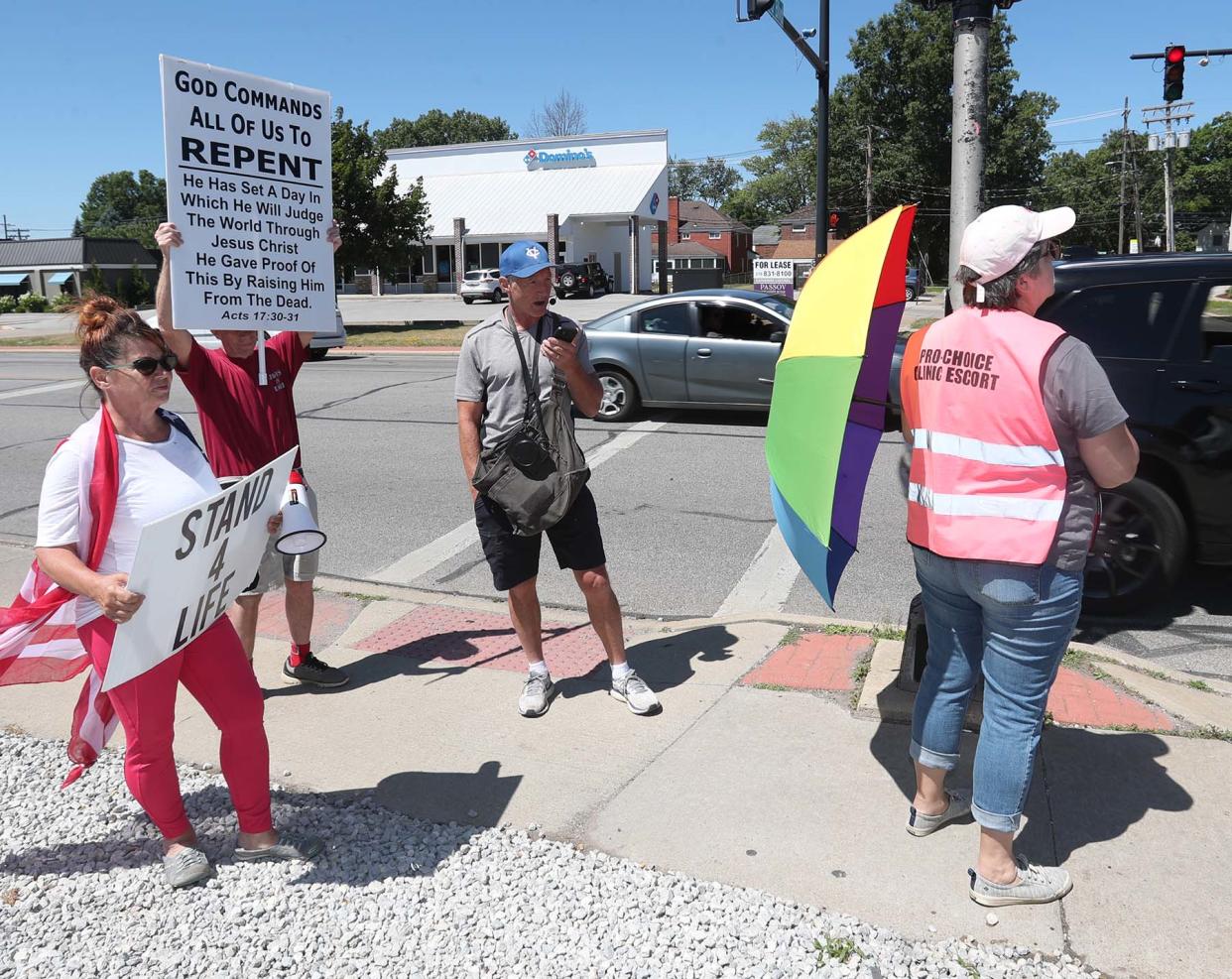There are a lot of despicable lies about Issue 1. Here's the 3 nastiness| Lawyer

Daniel T. Kobil is a professor at Capital University Law School.
In the face of broad bipartisan support for Issue 1 and its protection of reproductive freedom, abortion opponents have desperately sought to portray it as “too extreme.”
These efforts are based on outright misrepresentations about the current state of Ohio law and about what Issue One would accomplish if passed.
The most fundamental falsehood that opponents have put forth is the assertion that Ohio’s current law on abortion, which Issue One would replace, is somehow a “reasonable compromise.”
It is not too extreme.
In fact, Ohio’s new post-Roe ban on abortion is among the nation’s most restrictive.
It prohibits all abortions after cardiac activity can be detected in the fetus—as early as six weeks. This is well before many women even know they are pregnant.

Ohio’s law also contains no exceptions for rape or incest.
Prior to being temporarily stayed by an Ohio court, these radical restrictions forced a 10-year old rape victim in Columbus to travel to Indiana to terminate her pregnancy so that she was not compelled to give birth to the rapist’s child.
The only reason Ohioans are today not forced to flee the state in similar manner is that a lower court judge temporarily paused the six-week ban, allowing our previous law to stay in place for the time being.
However, if Issue One fails, legal observers believe that a majority of the Ohio Supreme Court would quickly issue a ruling that would reinstate the six-week ban.
This is not mere speculation.
At least three of the seven justices have made public statements critical of abortion rights.
And a majority of the court recently ruled in favor of anti-abortion groups by allowing ballot language on Issue 1 that is inflammatory and highly misleading. Buoyed by a public rejection of Issue One, this anti-abortion majority would almost certainly allow enforcement of the six-week ban to resume.
It is not about sex reassignment surgery and doesn't take away parental consent.
Opponents of abortion, unwilling to argue for the status quo on the merits, also falsely assert that the amendment is aimed at depriving parents of their ability to help children decide whether to seek an abortion or “sex changes.”
Yet the amendment’s text protects individual “reproductive decisions,” and says nothing about gender affirmation care. The listed freedoms in Issue 1 all pertain to the freedoms of women—and men—that were cast into doubt by the Dobbs decision.
It expressly guarantees “individuals” the right to make their own reproductive decisions, and lists “contraception, fertility treatment, continuing one’s own pregnancy, miscarriage care, and abortion.”
Contrary to opponents’ assertions, the amendment also says nothing about invalidating Ohio’s longstanding law requiring parental consent rule for minors seeking abortions.
This statute provides that an unemancipated minor must obtain the consent of one parent to obtain an abortion, unless a judge has found that the abortion is “in the best interests of the minor.”
The amendment does not purport to affect this statute and if Issue 1 passes, it will not automatically invalidate any law other than the six-week ban.
Even during the Roe era, Ohio successfully defended before the U.S. Supreme Court the constitutionality of its parental consent rule for minors seeking abortions.
If the question ever came up, the Ohio Supreme Court is almost certain to reach a similar conclusion given that parental consent can be justified as necessary to protect a minor’s health.
Issue 1 is not about unlimited
Ultimately Issue 1, far from creating a regime of “abortion without limits,” allows for reasonable regulations consistent with what has existed in Ohio for the past 50 years. It provides that the state may prohibit abortion “after fetal viability,” so long as it allows for exceptions when the life or health of the woman is jeopardized by pregnancy.
Viewed in this light, it is not surprising that opponents of the amendment have relied on scare tactics to generate opposition to Issue One. If choosing between Ohio’s current law with its 6-week ban and the Issue 1 amendment—which leaves private health decisions to the individual instead of the government— it is clear which option Ohio voters will conclude is “too extreme.”
Daniel T. Kobil is a professor at Capital University Law School.
This article originally appeared on The Columbus Dispatch: Is Ohio Issue 1 about sex changes, parents' rights, unlimited abortion?

